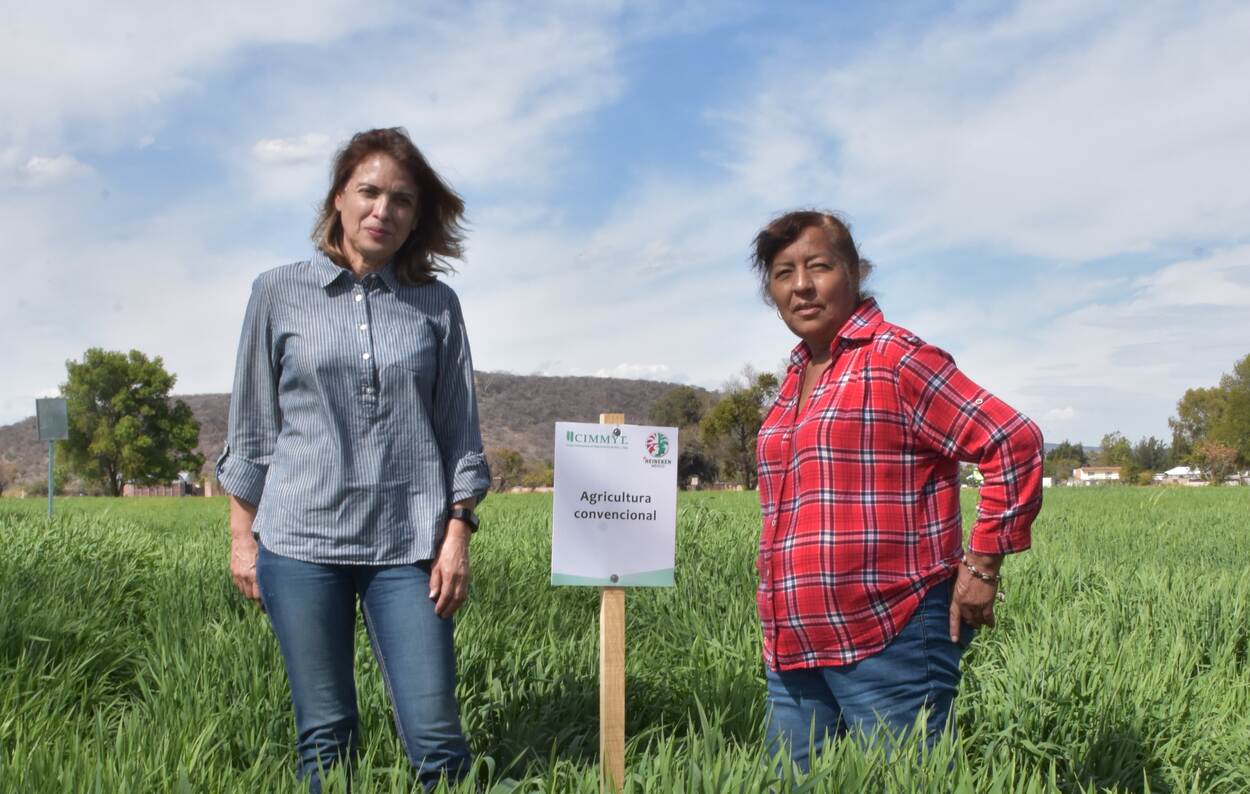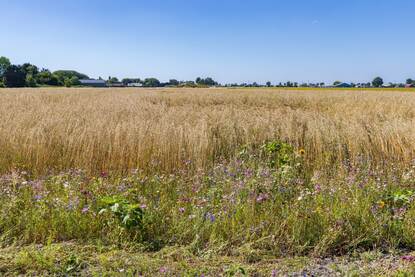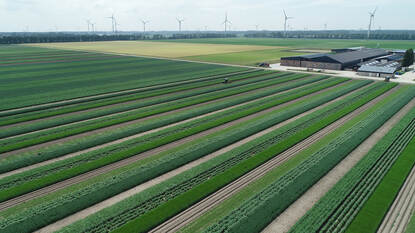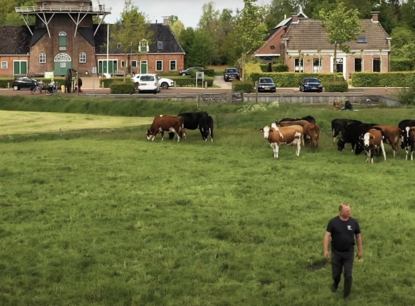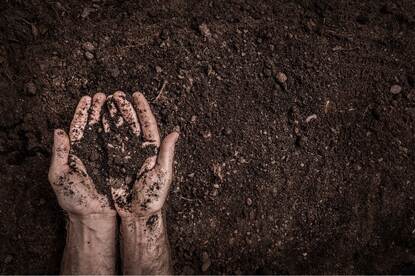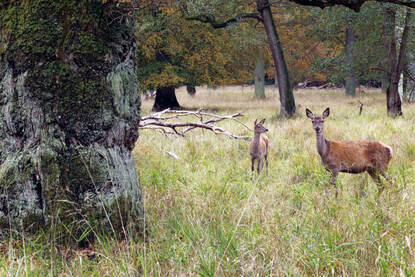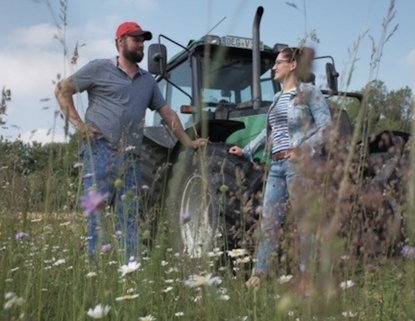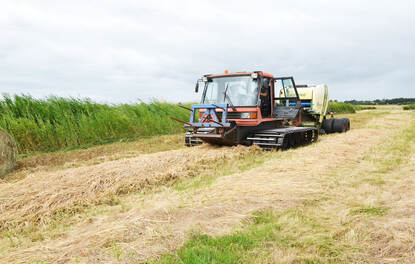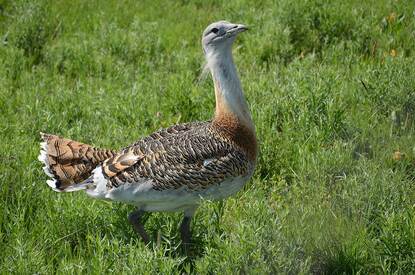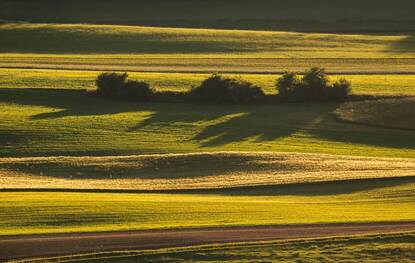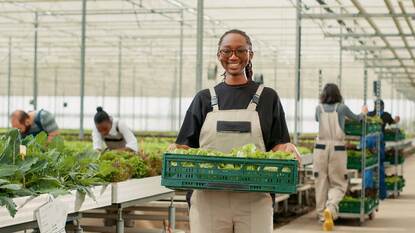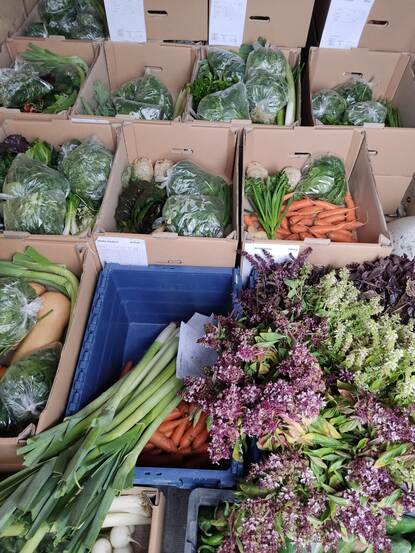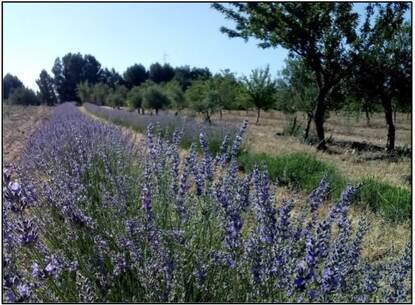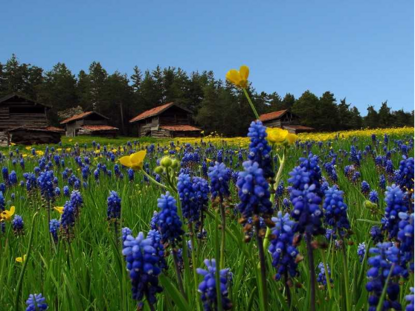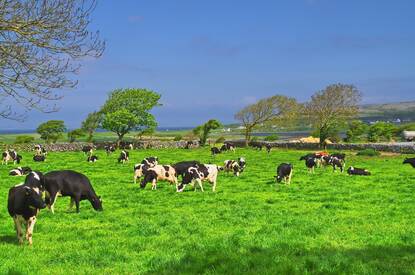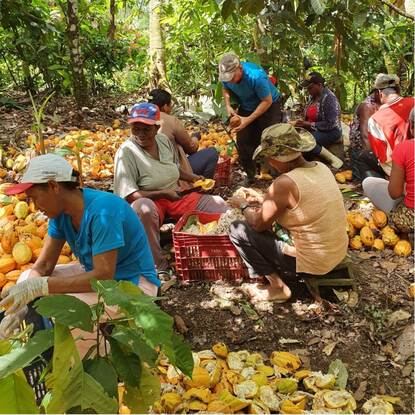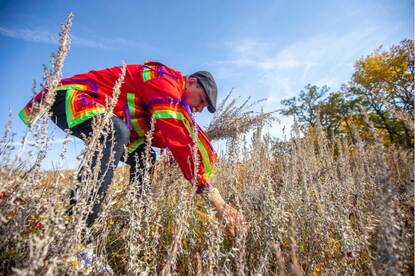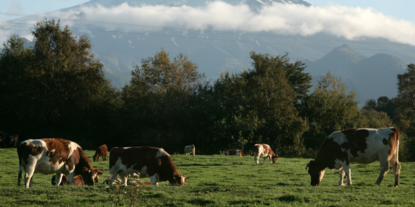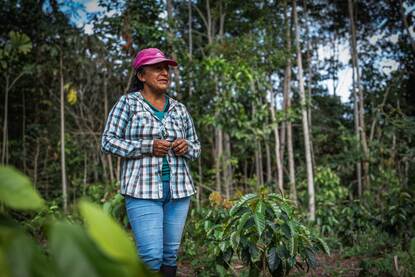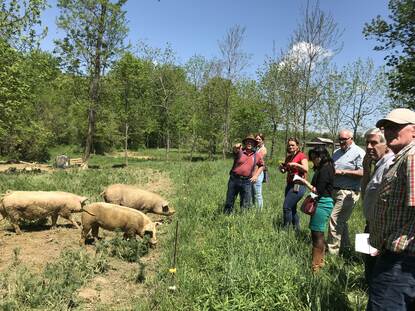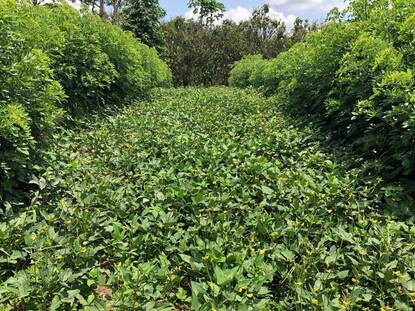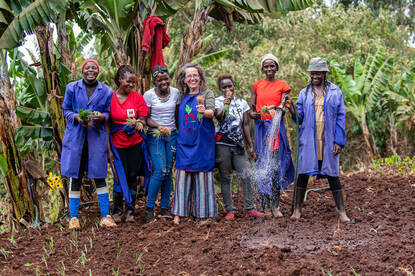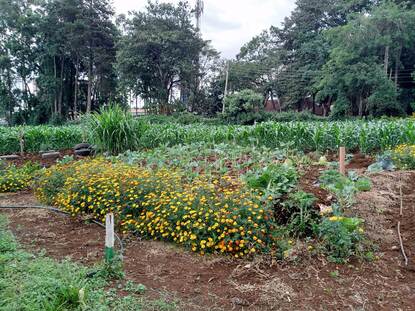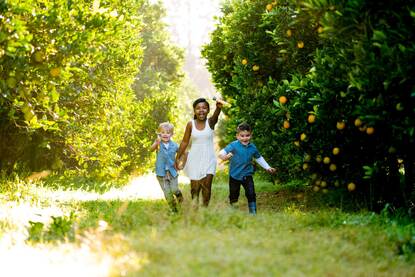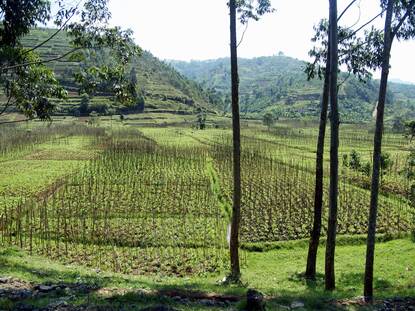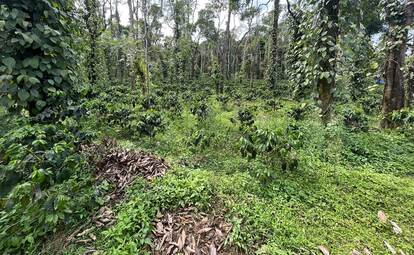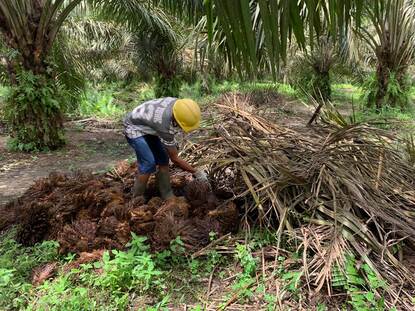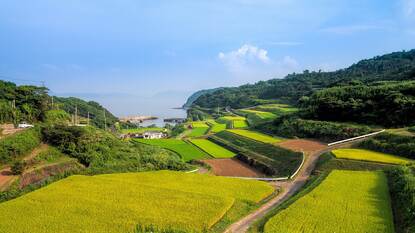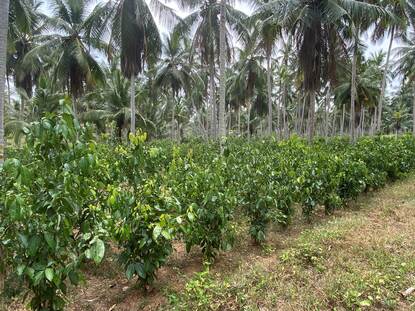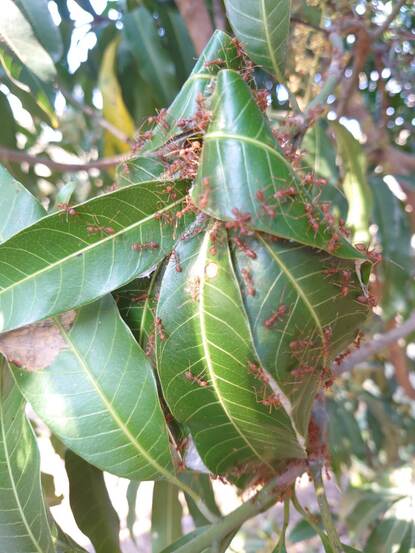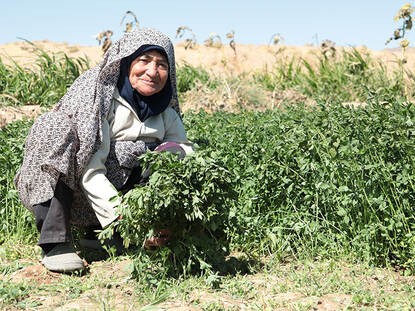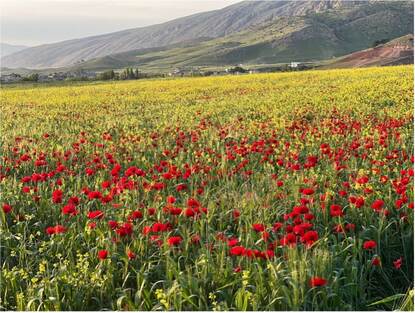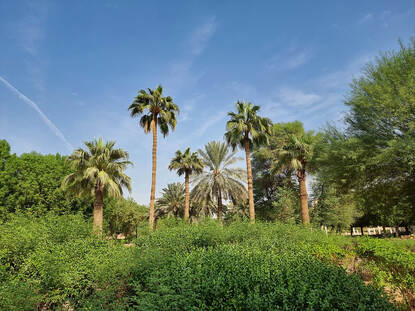Foto CIMMYT
In Guanajuato, in the heart of Mexico, Heineken and the International Maize and Wheat Improvement Center (CIMMYT) have joined forces to support barley farmers and suppliers in implementing sustainable agricultural practices. The collaboration has resulted in significant water savings of up to 20%, reduced fuel consumption, enhanced nitrogen efficiency, higher yields, and increased farmer incomes. This partnership aligns with Heineken Mexico's commitment to environmental stewardship and their ambitious goal of ensuring 100% sustainable barley sourcing by 2030.
When Heineken bought Mexican beer company Cuauhtémoc Moctezuma in 2010, it bought into a rich 120-year old beer brewing history. Nowadays, Heineken employs over 18.000 people in its seven breweries across the country and owns 21 beer brands. Five of these breweries are located in areas of water stress. In this context, Heineken Mexico has developed strategies to allow the company to reduce the amount of water it uses, to reuse its waste water and to give back the water it extracts from the environment through water balancing projects.
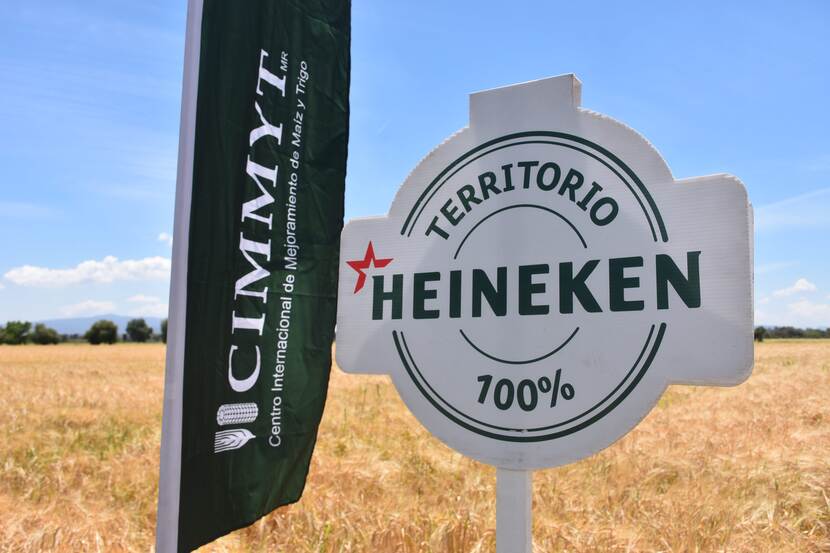
Water balancing project and conservation agriculture
One such project is Cultivando un México Mejor (Cultivating a Better Mexico), a project carried out by CIMMYT, the International Maize and Wheat Improvement Center, headquartered in Texcoco, near Mexico-City. An important goal of this project is to reduce water consumption among barley producers (and suppliers of Heineken Mexico) in the central state of Guanajuato by 15 to 20%.
Also, the project aims to strengthen the capacities of barley producers and contribute to climate change mitigation and the conservation of natural resources by applying the principles of conservation agriculture. Conservation agriculture is a specific type of sustainable agriculture, based on the principles of permanent soil cover, minimal soil disturbance (zero or reduced tillage) and crop diversification. It is, in fact, a kind of nature-inclusive agriculture, as it uses mulch as a valuable resource which, if left on the soil surface after harvest, functions as natural organic fertilizer.
The Cultivando un México Mejor project aims to achieve this through R&D, training and technical assistance to barley farmers and by turning some of these farmers into change agents. In 2022, some 85 farmers participated in the project with a total area of 1.423 hectares.
Soil improvement
Leaving mulch on the soil is not a common practice among farmers in Mexico. In fact, they mostly prefer to see their land clean, which is why they burn the mulch. Unfortunately, this practice is degrading the soil and polluting the environment, as large amounts of greenhouse gases are released. By leaving mulch on the soil instead, soil quality can be improved, as it provides organic matter to the soil, protects it against erosion, conserves soil moisture and provides shelter and food for beneficial organisms.
Combined with reduced tillage, it offers even more opportunities for soil improvement, by providing a better soil structure, a balanced PH value, and by providing organic matter to the soil that allows for carbon capture. Crop diversification, the third principle of conservation agriculture, breaks the life cycle of possible pests and diseases and contributes to a healthy soil due to a varied nutrient demand of the crops and the different root structures that penetrate the soil. In this project, it is practiced through crop rotation with corn and sorghum as rotating crops.
‘The project aims to strengthen the capacities of barley producers and contribute to climate change mitigation and the conservation of natural resources’
Other agricultural practices promoted by Cultivando un México Mejor
While conservation agriculture is important in the Cultivando un México Mejor project, there are other agricultural practices the project has promoted as well. These include optimal crop nutrition management, starting with a physical and chemical soil analysis as the basis for a crop nutrition plan. Another practice is crop monitoring, including nitrogen sensors to determine the optimal amount of nitrogen fertilizer to be applied. The project has also focused on optimizing seed density and ecological pest management to restore the balance between the populations of harmful and beneficial insects.
How to change farmers’ paradigms?
The project has not come without its challenges, says Amador Aguillón, Coordinator of CIMMYT’s Bajío regional hub: ‘First of all, changing the farmers’ paradigm and their resistance to change was not easy, especially since yields can be lower during the first year of implementing conservation agriculture principles. Another challenge has been the access to specialized machinery for the proper implementation of conservation agriculture. To tackle this challenge, we have promoted modifying or adding certain accessories to the farmers’ existing equipment. We have also promoted loans or rental constructions for such adapted equipment.’
The lack of rain in the region has been another challenge. In the autumn-winter season of 2022/2023, the water scarcity was so high that farmers decided not to sow, and to postpone the sowing to the next spring-summer cycle.
Over 2.8 million m3 of water saved
All in all the project has yielded impressive results. Between 2018 and 2022, over 2.8 million m3 of water was saved, which equals a 20% reduction in water consumption. Additionally, fuel consumption was reduced by 36%, due to reduced traffic on the land. Finally, yields have gone up by 15%, due to increased efficiency in the use of nitrogen.
These results do not just benefit the environment or climate, they also mean savings in inputs, higher incomes and a higher quality of life for farmers. As such, they are important incentives for other farmers to adopt the principles of conservation agriculture. Finally, the project has contributed to a greater interaction and exchange of experiences between farmers in the region.
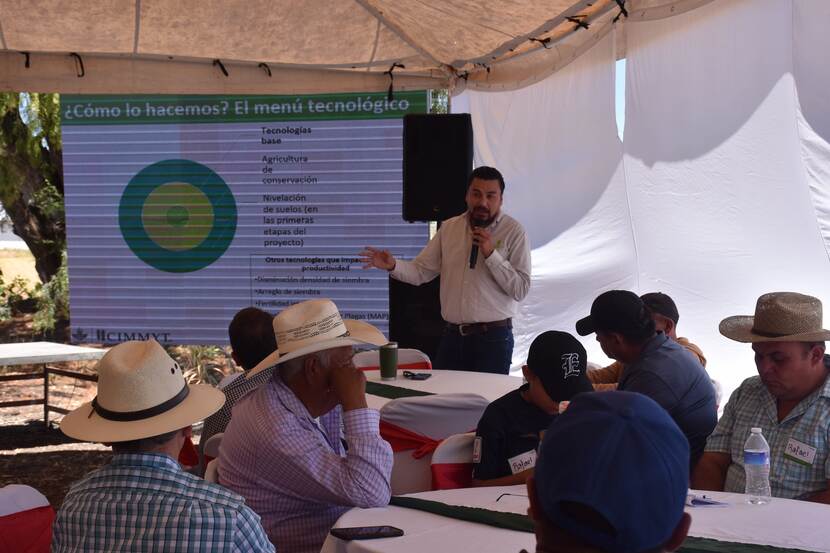
Replicating the experience elsewhere
The positive results obtained in the project open up possibilities to replicate the experience in other regions. For this to happen, CIMMYT and Heineken welcome support from the Mexican authorities, as they have an important role in raising awareness about environmental problems and in formulating policies that facilitate the transition to more sustainable agricultural systems. If the authorities work together with private sector parties (such as Heineken) who share a responsibility of producing, sourcing and consuming responsibly, farmers can be encouraged to take the first steps in this transition.
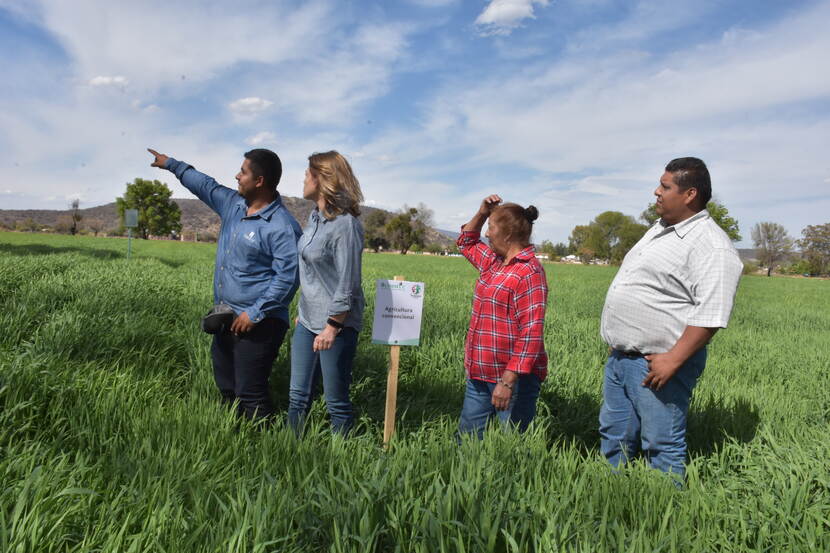
100% sustainable barley
‘Heineken’s water goal in this project is to save 1.5 million m3 of water in 2023. For 2024 and 2025, we have even higher targets, so we plan to incorporate even more farmers in the project in order to reach these targets,’ says Marijosse Galan, Sustainability Programs Leader at Heineken Mexico. ‘Our vision, as Heineken Mexico, is that 100% of the barley we purchase is sustainable by 2030. The research conducted in this project, and the results obtained in it , will help us realize this vision.’
Contact
Would you like to know more about the current developments in the domain of agriculture and nature in Mexico or contact the agricultural team at the Netherlands Embassy in Mexico?
You can visit the country page of Mexico at the website agroberichtenlandbuitenland.nl of the Netherlands ministry of Agriculture, Nature and Food Quality. You can also send an email to MEX-lnv@minbuza.nl
More information
- Cultivando un México Mejor (in Spanish)
- Video: Más cebada con menos agua (in Spanish)
- Video: Jesús Ledesma Gallardo, productor de cebada en México (in Spanish)
- Mexicaanse lessen in bodemverbetering (in Dutch)
